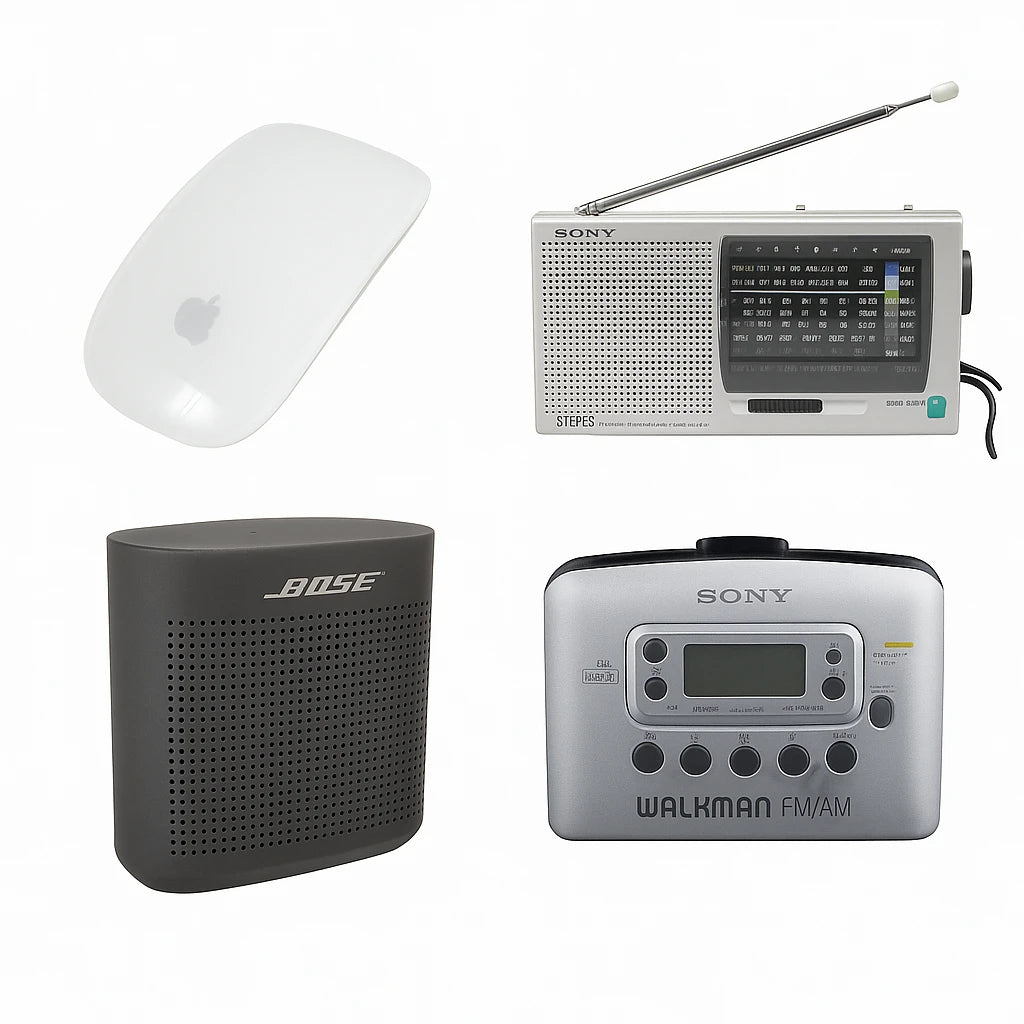
The History and Background of the Philips 9350
What you’ll get: A snapshot of the Philips 9350’s origins and position in video history.
Produced in the late 1990s into the early 2000s, the Philips 9350 arrived during the twilight years of VHS. As a higher-end consumer VCR, it was designed with features that went beyond the basics of entry-level models, offering HiFi stereo playback and sturdier tape handling.
Watching VHS as a teenager struck me — the subtle hum, rolling lines, and softer textures had warmth that digital sharpness never carried. That raw imperfection was what pushed me to explore analog creativity.

Key Features of the Philips 9350
What you’ll get: A rundown of the technical highlights that make this VCR practical and creative.
Audio and Video
The Philips 9350 supports HiFi stereo recording and playback, ensuring audio fidelity that complements its analog visuals. Composite and SCART video outputs make it compatible with most classic displays and digitization tools.
Transport and Recording
Its smooth tape transport minimizes chewing or wear, while VHS-SP and LP modes allow variable recording times. Reliability is one of its strongest assets compared to cheaper decks.

Modern Creative Uses of the Philips 9350
What you’ll get: Ideas for artists, filmmakers, and performers using the Philips 9350 as a creative engine.
- Digitizing family archives and found footage.
- Re-recording digital edits to VHS for organic distortion.
- Feeding video signals through the deck for VJ performances.
- Playing video loops in galleries on CRT monitors.
Picture setting up visuals for a live DJ set. Feeding them through the Philips 9350 gives the projections gritty textures, instantly grounding the digital into something tactile and nostalgic.

Practical Workflows with the Philips 9350
What you’ll get: Step-by-step examples of how to integrate VHS into digital studios.
Digitization
Connect the Philips 9350 using a composite-to-USB adapter for digitization, or a SCART-to-HDMI device for direct monitoring.
Creative Recording
Output your edited footage back onto VHS — the transferred version will carry unique analog imperfections.
Installation and Performance
Integrate with CRT displays, or loop signals through the deck for immersive gallery setups.

Second-Hand Buying Guide for the Philips 9350
What you’ll get: Key checks for finding a reliable unit.
Like all decades-old devices, the 9350 can experience mechanical fatigue. Buying locally helps reduce transit damage and allows you to test before committing purchase.
- Test commercial and home-recorded tape playback.
- Check all transport buttons respond properly.
- Listen for clean HiFi stereo output free from humming.
- Inspect video for color stability and minimal tracking issues.
- Ensure loading and ejecting are smooth.
Browsing through a thrift shop shelf one afternoon, I spotted the Philips logo peeking from under dust. Holding the 9350, it felt more like a creative discovery than a nostalgic find — and that was reason enough to take it home.

Why the Philips 9350 Stands Out in 2025
What you’ll get: Why creators keep turning back to the Philips 9350.
Unlike digital filters, real analog playback introduces unpredictable wobbles, noise, and tracking quirks that no plugin has convincingly replicated. The affordability of second-hand units, coupled with their ability to serve both archival and artistic needs, ensures the 9350 is appreciated beyond nostalgia.
Conclusion: Rediscovering Analog Creativity
What you’ll get: A perspective on why the Philips 9350 matters today.
The Philips 9350 is more than a relic of home movie nights; it is a versatile instrument of modern storytelling. Whether you’re digitizing family tapes or bending video signals for an art installation, it bridges analog charm with digital workflows in a way that keeps your creative language rich and authentic.
FAQs
Is the Philips 9350 still useful today? Yes, it is widely used for VHS aesthetics, digitizing archives, and creating distinctive analog video textures.
What should I check before buying a second-hand Philips 9350? Inspect playback quality, audio clarity, tape handling, and button response.
Can I connect the Philips 9350 to modern computers? Yes, with composite-to-USB capture devices or SCART-to-HDMI converters.
Why use a real VCR instead of VHS filter apps? Real decks produce unpredictable imperfections that enrich textures, far beyond what filters can mimic.
Quick decision
- Want authentic VHS aesthetics? The Philips 9350 delivers.
- Need to digitize home video tapes? It’s highly reliable.
- on a creative budget? It remains affordable second-hand.
- Interested in live visuals? Works well for VJs and installations.
Pros
- Authentic analog imperfections
- HiFi stereo audio
- Durable transport mechanism
- Affordable for experimentation
Cons
- Age-related wear is common
- No HDMI outputs without adapters
- Larger footprint than modern gear
Give your footage authentic texture — find a Philips 9350 in our store.










0 comments